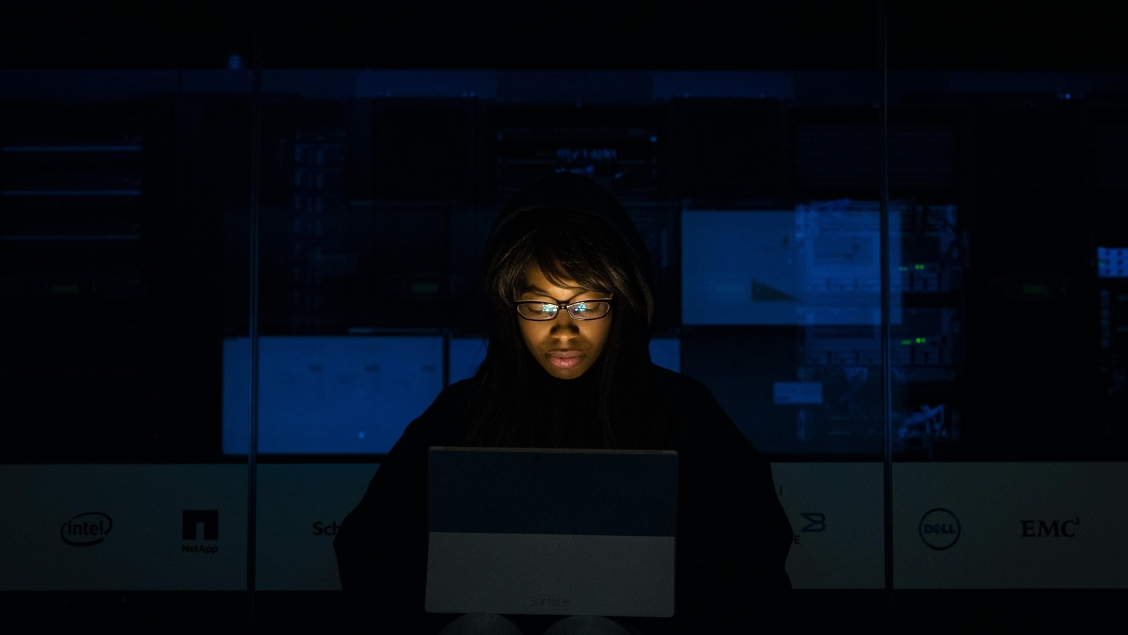
What is Technostress?
As the world becomes increasingly digitalized, the usage of technology and people’s dependency on it have increased drastically. This encompasses almost all aspects of one’s daily life, most noticeably in the workplace. Although the digital sphere works alongside us to enhance efficiency and create ease in our work and home lives, there can also be detrimental effects to this.
This article will define the different aspects that make up technostress, explore studies analysing the effects of technostress, and discuss the different ways in which its effects can be mitigated.
What is technostress?
Technology-related stress, also known as technostress, is a term that was coined to describe the negative feelings associated with the use of new technology. It includes feelings of anxiety, depression, confusion, and burnout. This is particularly prevalent in the workplace, where computers are used heavily and digitalized platforms are the main tools employees use to carry out their work.
With increased technology usage, research aims to understand the effects this has on an individual’s health. But first, it is important to understand the concept of technostress in a bit more depth.
Types of technostress
There are five different aspects that lead to feelings of stress surrounding technology. These aspects make up the ‘technostress theory’ and measure the different psychological changes an individual may experience in response to technology-induced stress. It includes the following aspects:
- Techno-overload: This occurs when the individual is overloaded by a constant stream of information, leading to feelings of being overwhelmed by the excessive input of emails, messaging, and other information consumed online.
- Techno-invasion: This occurs when the use of technology that is usually restricted to the workspace ‘invades’ other aspects of an individual’s life, including family and social life.
- Techno-complexity: This occurs when the technology feels too complicated for an employee to keep up with. Here, feelings of stress and anxiety ensue as they may be unable to keep up with their productivity in the workplace as they do not possess the technological skills required for the task.
- Techno-uncertainty: Similar to techno-complexity, techno-uncertainty encompasses the general feeling of confusion when companies consistently update their technology. This often makes employees feel like they are unable to keep up, and hence, can also affect job satisfaction and productivity.
- Techno-insecurity: This aspect of technostress entails the feeling that one’s job is at risk due to the rapid introduction of computerized programs that can ‘do one’s job for them’. This means there is a fear that the technology can replace their position as employees in the company.
The effect of technostress
The effect of stressors induced by the excessive use of technology on an individual’s mental health is multifold. Different studies have shown that this stress is counterproductive, reduces employee job satisfaction, and has overall negative impacts on employee’s quality of life.
Technostress and COVID
During the COVID-19 pandemic, the radical implementation of ‘work from home’ to reduce contamination and the spread of the virus transformed the way that many corporations functioned during the pandemic. A lot of these effects have remained post-pandemic, with many people still opting to work from home, significantly reducing the amount of in-person interactions with colleagues and in turn increasing time spent in front of screens.
In a study by Consiglio et al. published in Sustainability, they explored the effect that technostress had on individuals during COVID-19 due to remote working. In the study, 225 individuals participated in an anonymous evaluation, where they were asked about technostress feelings of burnout, and other psychological symptoms such as anxiety and depression. They found that technostress had a direct impact on mental health, with the remote workers who experienced higher levels of technostress reporting higher levels of burnout and poorer psychological health.
Blurring the lines between work and home life
Another study showed that enforced remote working during the pandemic caused technology exhaustion and decreased subjective well-being. They discuss how the lines between personal life and work life became blurred, as technology is used as a means of personal entertainment (e.g., social media, streaming services), as well as a platform for working.
The intersection of both personal and home lives makes it difficult for an individual to ‘switch off’. For example, the personal use of smartphones and social media scrolling during work hours interferes with work life and productivity. Alternatively, and perhaps more detrimental, is the infiltration of work life into one’s personal sphere. This general excessive use of technology with no clear divide can cause immense stress to individuals. They can often feel like they have no control over their home domain or personal life.
Resilience is a key factor when mediating these stressful feelings or feelings of being overwhelmed. However, in the study, they interestingly found that highly resilient individuals were the ones who experienced higher levels of techno-exhaustion and negative well-being. The study suggested that this could be due to the nature of highly-resilient people and their ability to consistently adapt and ‘plough on’ to meet the demands of their work. In this way, they often ignore the exhaustive effects it may have on their mental health.
With the world only becoming more dependent on technology, we look towards ways we can combat the effects that technostress has on our mental health.
Adapting to change
The rapid advancement of society’s digitalization in the 21st century has often been termed the Fourth Industrial Revolution. Adapting to these drastic changes can be challenging, especially within the workplace where there is a pressure to complete tasks and work to deadlines.
Mitigating the effects of technostress
Companies first and foremost need to recognise the impact that prolonged periods of screen time can have on both physical and mental well-being. Therefore, ensuring that employees are taking frequent breaks away from their desks is essential. This can be beneficial for productivity in the long run. An emphasis on restricting work after official work hours can also help to ensure the divide between work and home life is maintained. This is particularly important for remote workers.
A study in the international journal of environmental research and public health (IJERPH) explores the effect off technostress in the workplace, and how natural spaces can mitigate these effects.
The study consisted of 109 participants who reported that technostress negatively effected their work-life balance. They also found that the use of natural spaces in the work place can help boost work-engagement. Natural spaces are also known to generally have positive effects on mental health such as boosting mood and improving cognitive function. These effects can help mitigate the feelings of exhaustion and stress from excessive technology use.
One aspect of techno-stress that can be overwhelming is an inability to keep up with the latest programs or other technologies. These are technologies that companies may require their employees to be proficient in. Training from companies is essential to ensure that this stress is eased as much as possible, and that employees no longer feel confused or anxious by technology during their workdays.
Further Research
The concept of technostress has brought to light the negative impacts that technology has on individuals whose work heavily relies on computers and online platforms. Despite this, increased usage of digital tools is certainly positive, and is a driving force for change that has brought ease to our lives and society as a whole.
But future research needs to focus on two things:
- How excessive technology use impacts our mental health and productivity in the workspace;
- How we can adapt to these changes, especially when many people’s personal lives also rely on technology.
The overuse of technology, as illustrated, can have detrimental effects on one’s mental health as well as productivity in the workplace. This can lead to feelings of job dissatisfaction and a reduced quality of life. Research needs to focus on different ways of adapting to the heavy use of technology in our daily lives. In this way, we can work towards ensuring the mental health of employees’ is not compromised. This is so individuals are able to live a happier, more productive, and a better quality of life.
IJERPH and Sustainability publishes the latest research that is open-access and free to read. The journals cover themes relating to technological advances and their impact on health. If you would like to publish your own research, please see the full list of MDPI journals










